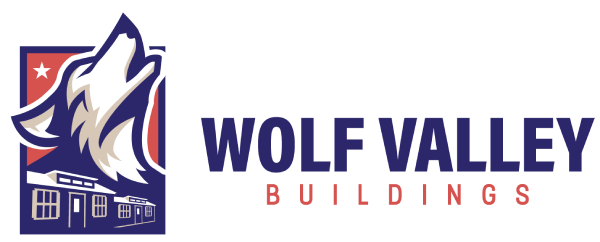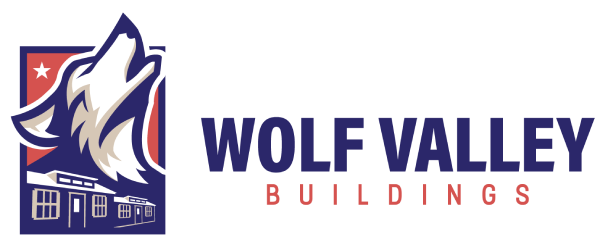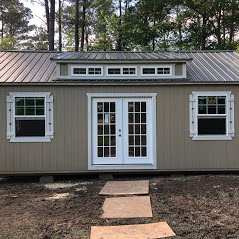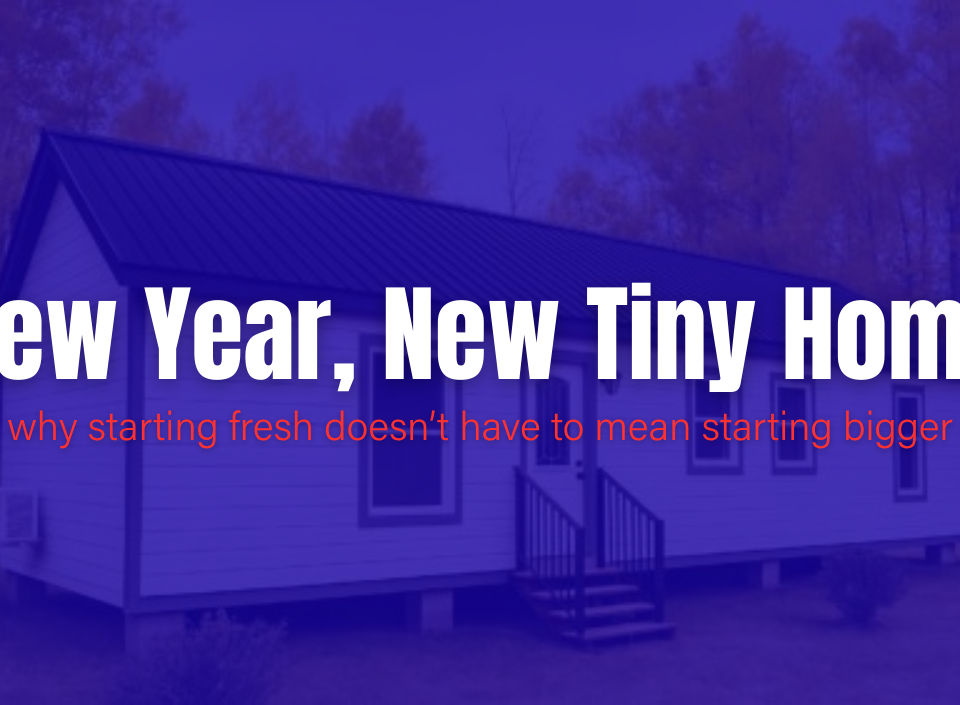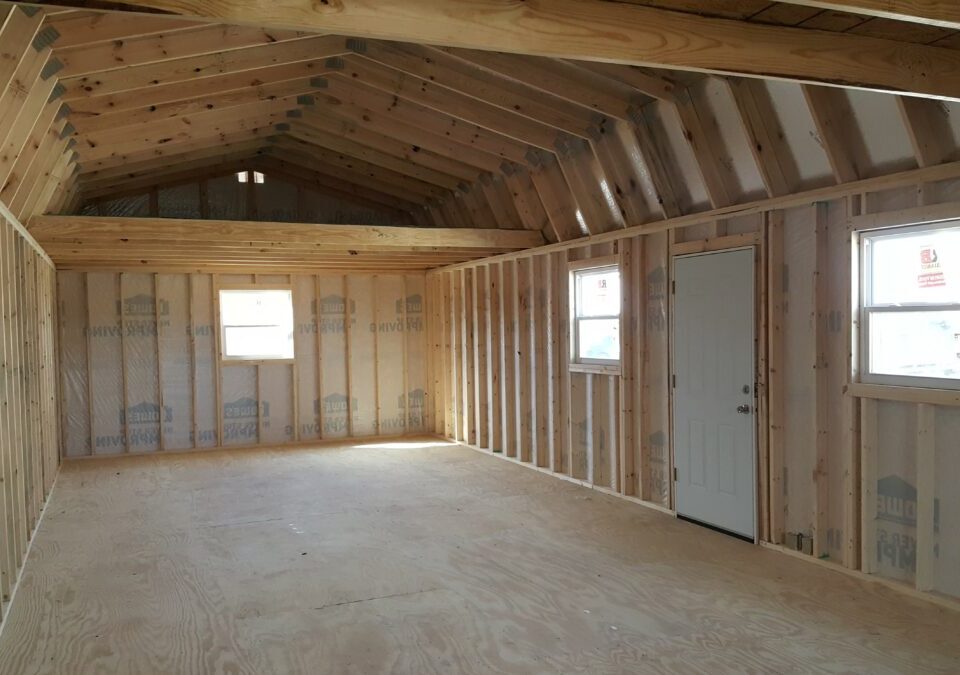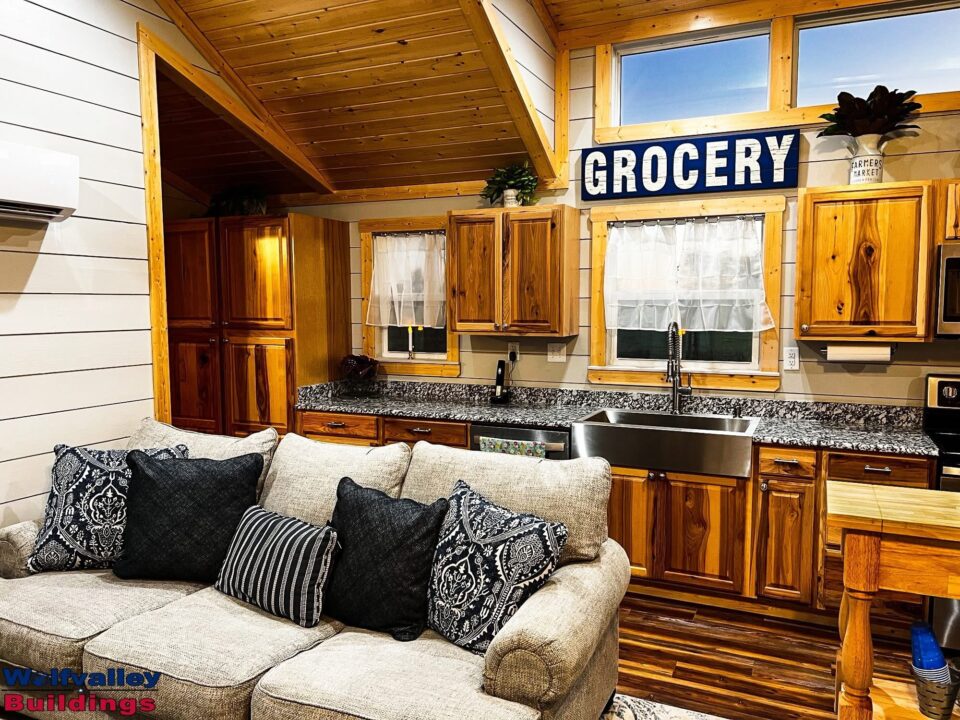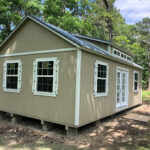
How to Finance a Tiny Home: What Your Lender Needs to Know
July 21, 2025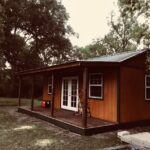
Water & Sewer Considerations for Tiny Homes
July 23, 2025Land Buying Checklist for Tiny Homes 🏡
So you’re ready to go tiny—but where will your tiny home live?
Before you can break ground or order your build, you need the right land. Whether you’re dreaming of a quiet country retreat or looking to nestle into a tiny home community, buying land for a tiny home is one of the most important steps in the process. And while it might seem simple, not all land is tiny-home-friendly.
Let’s walk through a practical, step-by-step land buying checklist for tiny homes to help you avoid common mistakes and move forward with confidence.
1. Know Your Zoning and Codes First 📜
Before falling in love with a property, research the zoning laws and building codes for that location. Not all counties allow full-time residence in a tiny home, especially if it’s on wheels (THOW).
Check if your home needs to be:
A permanent foundation build (like our tiny home cabins)
Classified as an accessory dwelling unit (ADU)
Compliant with minimum square footage requirements
Talk to the local city or county planning office. And don’t skip this step—it can save you thousands and months of frustration.
2. Understand Access to Utilities ⚡💧
Water, power, and waste management are essential. Some rural plots have no utilities in place, which means you’ll need to budget for bringing in electric lines, drilling a well, installing a septic system, or setting up off-grid alternatives.
Ask:
Is there water access or a well?
Are power lines nearby?
Will you need solar or generators?
Is a septic system allowed or required?
Are composting toilets or graywater systems permitted?
Having answers upfront helps you estimate the full cost—not just of the land, but of making it livable.
3. Evaluate Land Topography and Soil 🌳
Looks can be deceiving. A beautiful wooded lot may not be suitable for building, or it may need expensive clearing and grading.
Hire a local land surveyor to check:
Topography – Is the land flat or sloped?
Soil stability – Will it support a foundation or septic system?
Flood zones – Is the area prone to runoff or flooding?
Access – Can a delivery truck get to the site?
This is especially important if you’re ordering a custom Wolf Valley cabin or tiny home, since our team needs solid delivery access and level ground for placement.
4. Verify Legal Access and Easements 🛣️
Just because you can see the property on a map doesn’t mean you can legally access it. Some lots are landlocked or rely on private roads.
Make sure:
There is legal road access to the lot
There are no surprise easements or right-of-way issues
You have the deed and boundary lines clearly outlined
Your title company or real estate attorney can verify this during escrow, but doing your own early research helps you spot red flags.
5. Get a Perc Test for Septic Approval 🧪
If you’ll be installing a septic system, your land must pass a percolation (perc) test. This test measures how quickly the soil absorbs water—too fast or too slow, and it might not be approved for septic use.
This is often required by local authorities before issuing building permits. Don’t skip it if you’re planning off-grid or well-and-septic living.
6. Research Internet and Cell Coverage 📶
In rural areas, reliable internet can be a challenge. If you work from home or want to stream shows at night, check:
What cell providers have coverage?
Is satellite internet like Starlink an option?
Are there broadband or fiber lines nearby?
Some off-grid or rural buyers are surprised by the cost of staying connected. Plan ahead to make sure your dream escape doesn’t cut you off completely.
7. Check HOA Rules or Deed Restrictions 🧾
Even if a property is unzoned or rural, it may have deed restrictions or HOA rules that limit your freedom. Common restrictions include:
No mobile homes or tiny homes
Minimum square footage requirements
Design guidelines or architectural reviews
Ask your realtor or title company to review any covenants, conditions, and restrictions (CC&Rs). You want to know before you buy—not after you place a deposit.
8. Get a Survey and Title Insurance 🧭
Before closing, order a land survey to verify boundaries and avoid disputes. A survey confirms where you can build, fence, or place utilities. It also ensures there’s no overlap with neighboring lots.
Title insurance protects your investment against past legal claims, unpaid taxes, or incorrect filings. It’s a must for any land purchase—especially in rural areas where records may be outdated.
9. Consider Future Expansion or Resale Value 🔮
Even if you’re going tiny, think long-term. Does the land allow:
Space for a future guest cabin or workshop?
Room for a garden or outdoor kitchen?
Road access for a larger home later?
Also ask yourself: Would someone else want to live here one day?
Buying land is a big investment. Choose a plot that gives you options for the future—even if you’re starting small.
10. Work With a Realtor Who Knows Tiny Homes 🤝
Not all realtors understand the needs of tiny home buyers. Work with someone who’s familiar with:
Unrestricted land or tiny-home-friendly areas
Local permitting and zoning codes
Utility access and rural development
If you’re buying land in Texas, Oklahoma, or Arkansas, Wolf Valley Buildings can connect you with trusted partners who understand exactly what’s needed for your tiny home placement.
Ready to Find Your Land?
At Wolf Valley Buildings, we’re not just here to build your tiny home—we’re here to walk with you through the whole journey. There’s the land buying checklist for tiny homes and then we have the guys in the office who can answer your questions. From picking the right model to preparing your land for delivery, our team is here to help you make smart, confident decisions.
If you already have land or are just beginning your search, don’t hesitate to reach out. We’ll help you make sure your foundation—literally and figuratively—is solid. 🏡
🔗 Internal Links
How to Finance a Tiny Home: What Your Lender Needs to Know
Best Tiny Home Properties in Texas
🌐 Outbound Link
Zoning and Land Use Regulations by State – Tiny House Society
